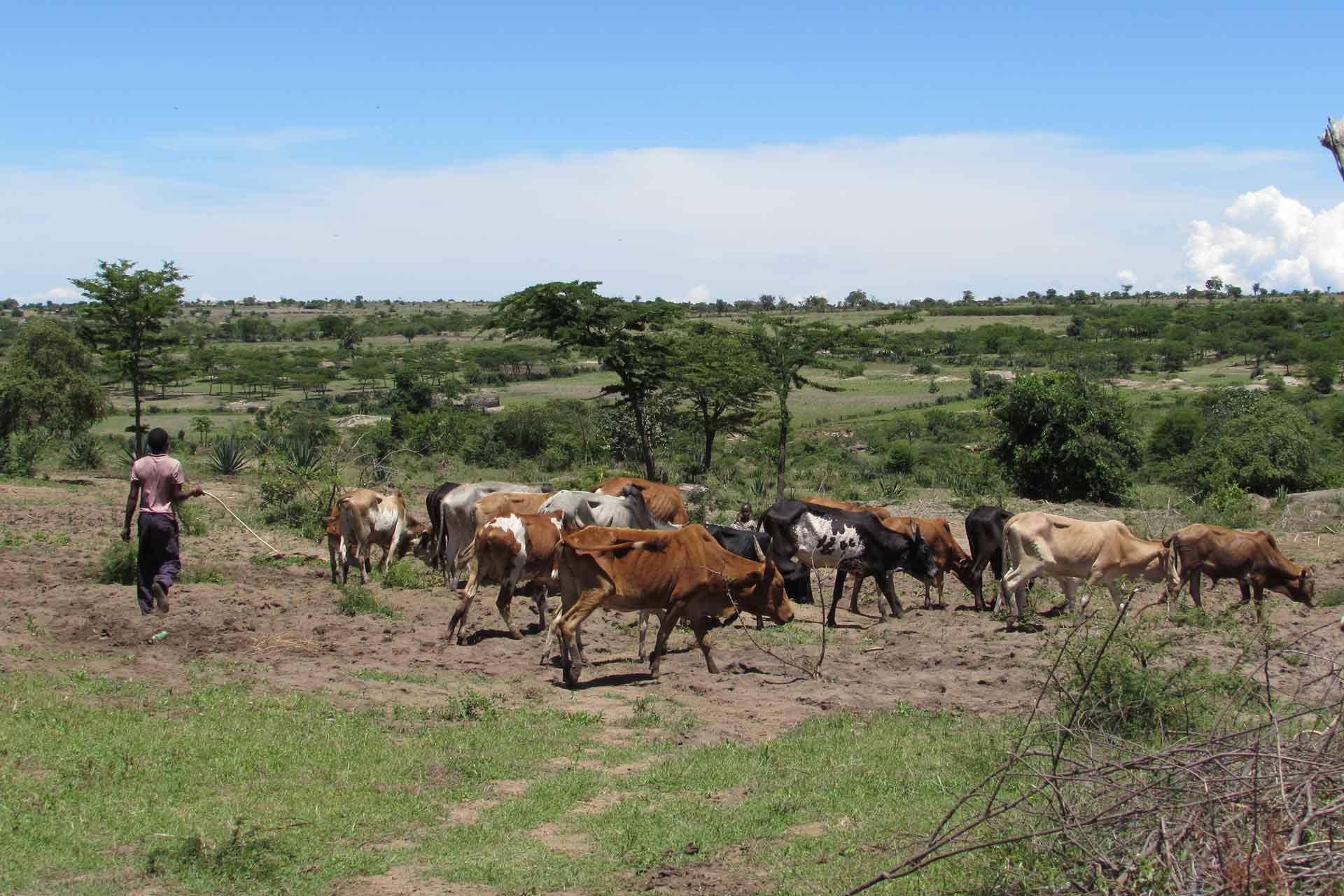Utilising milk from pooling facilities as a novel approach for foot-and-mouth disease surveillance
This study investigated the potential of pooled milk as an alternative sample type for foot-and-mouth disease (FMD) surveillance. Real-time RT-PCR (rRT-PCR) results of pooled milk samples collected weekly from five pooling facilities in Nakuru County, Kenya, were compared with half-month reports of household-level incidence of FMD. These periodic cross-sectional surveys of smallholder farmers were powered to detect a threshold household-level FMD incidence of 2.5%, and collected information on trends in milk production and sales. FMDV RNA was detected in 9/219 milk samples, and using a type-specific rRT-PCR, serotype SAT 1 was identified in 3/9 of these positive samples, concurrent with confirmed outbreaks in the study area. Four milk samples were FMDV RNA positive during the half-months when at least one farmer reported FMD, i.e. the household-level clinical incidence was above a threshold of 2.5%. Additionally, some milk samples were FMDV RNA positive when there were no reports of FMD by farmers. These results indicate that the pooled milk surveillance system can detect FMD household-level incidence at a 2.5% threshold when up to 26% of farmers contributed milk to pooling facilities, but perhaps even at lower levels of infection (i.e. below 2.5%), or when conventional disease reporting systems fail. Further studies are required to establish a more precise correlation with estimates of household-level clinical incidence, to fully evaluate the reliability of this approach. However, this pilot study highlights the potential use of this non-invasive, routinely-collected, cost-effective surveillance tool, to address some of the existing limitations of traditional surveillance methods.

